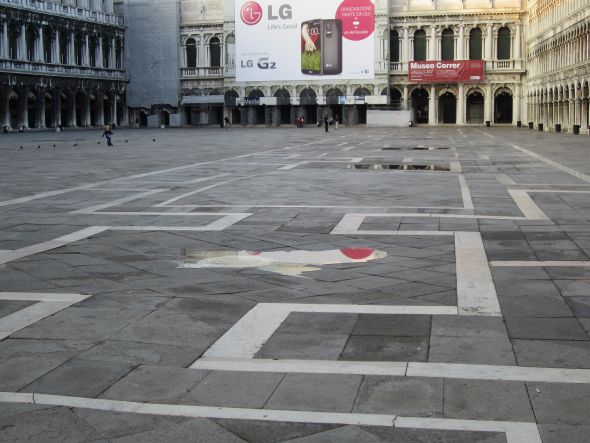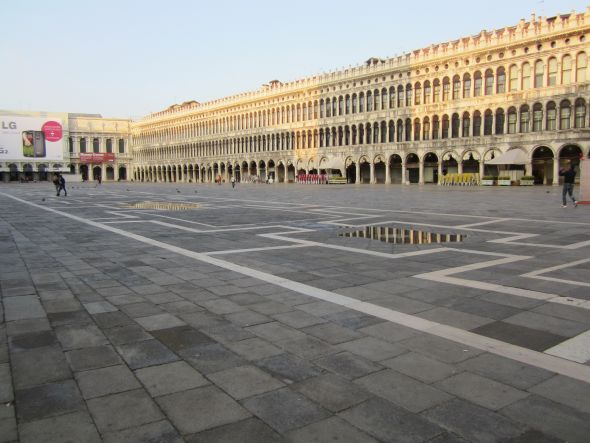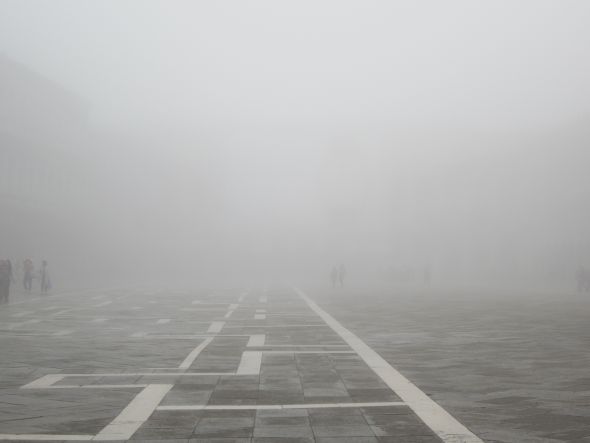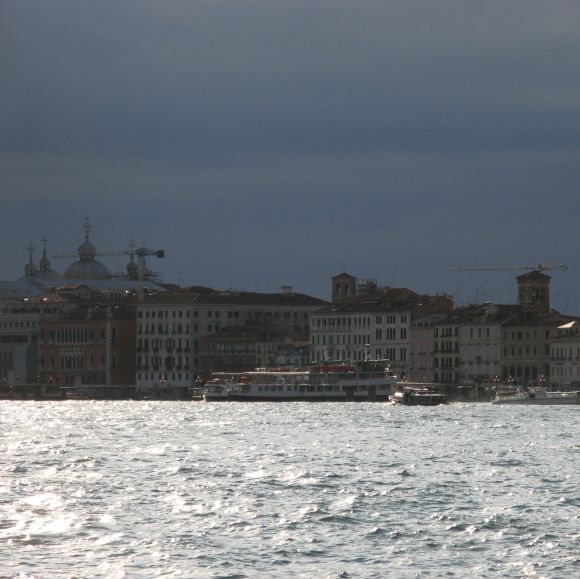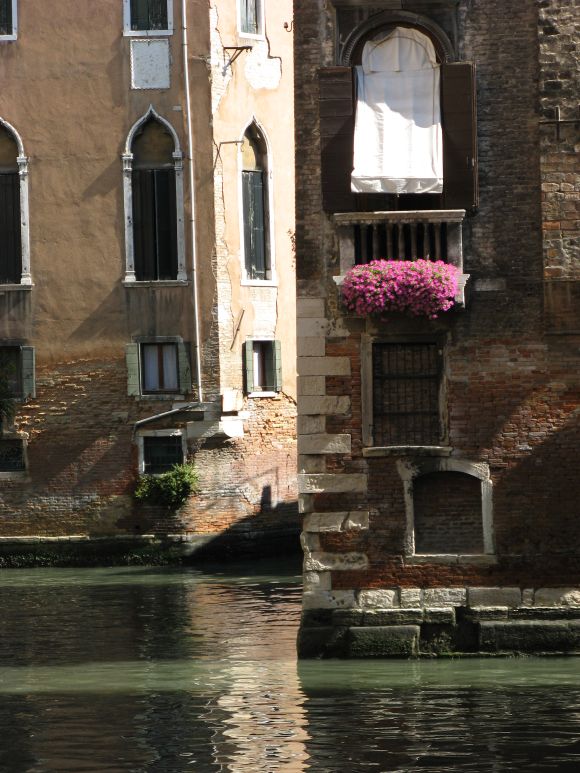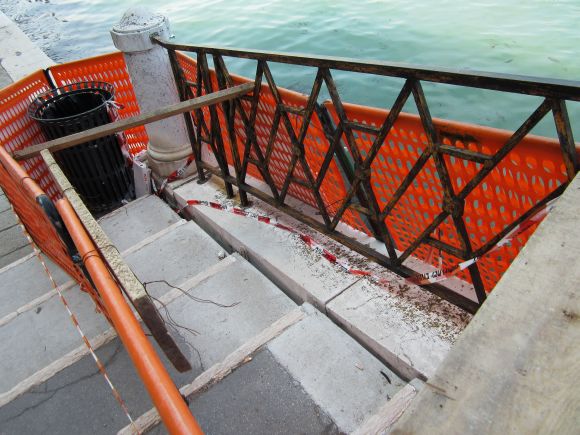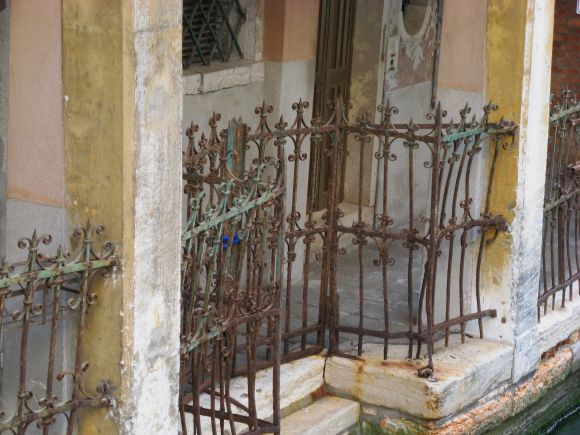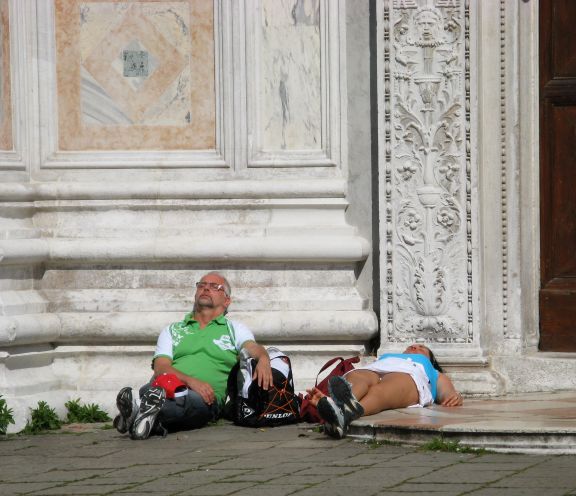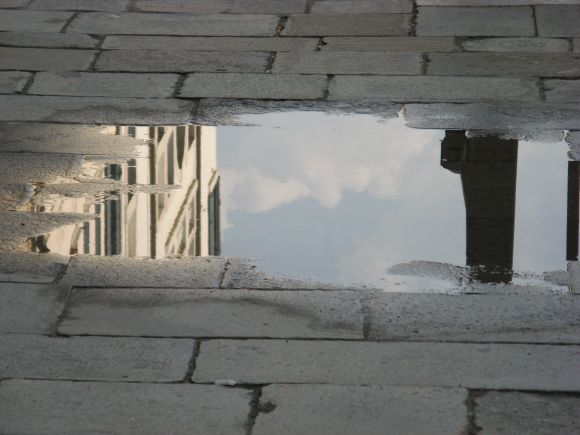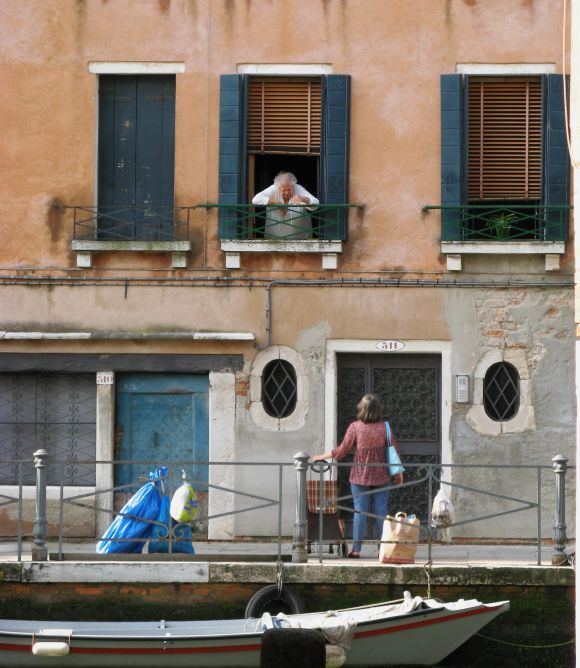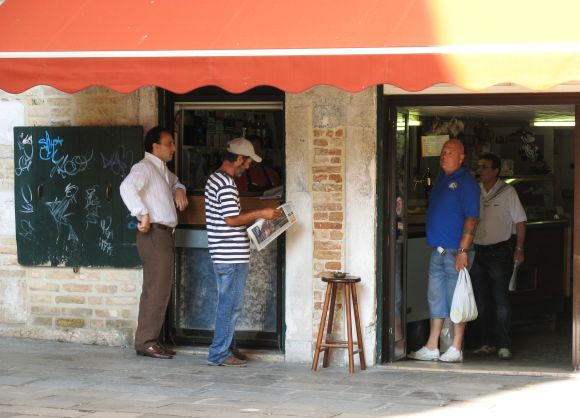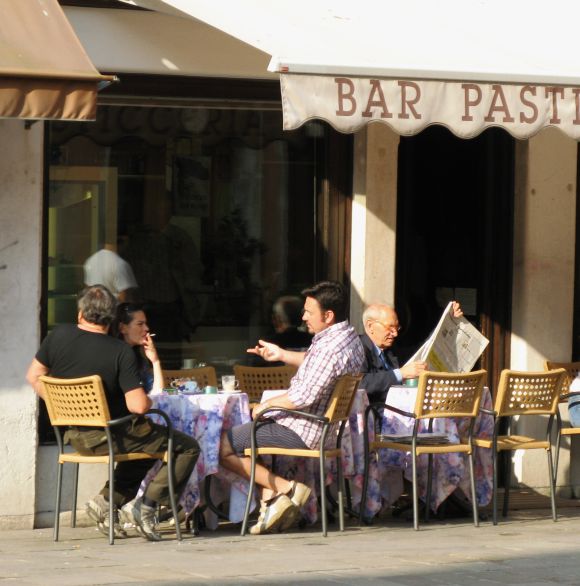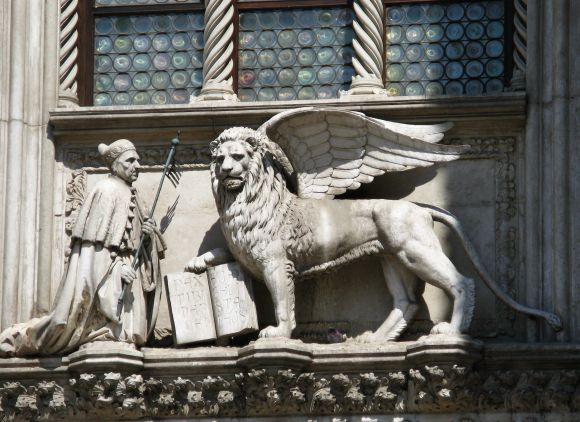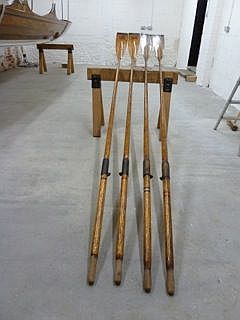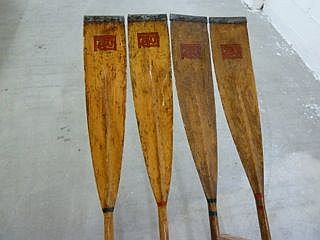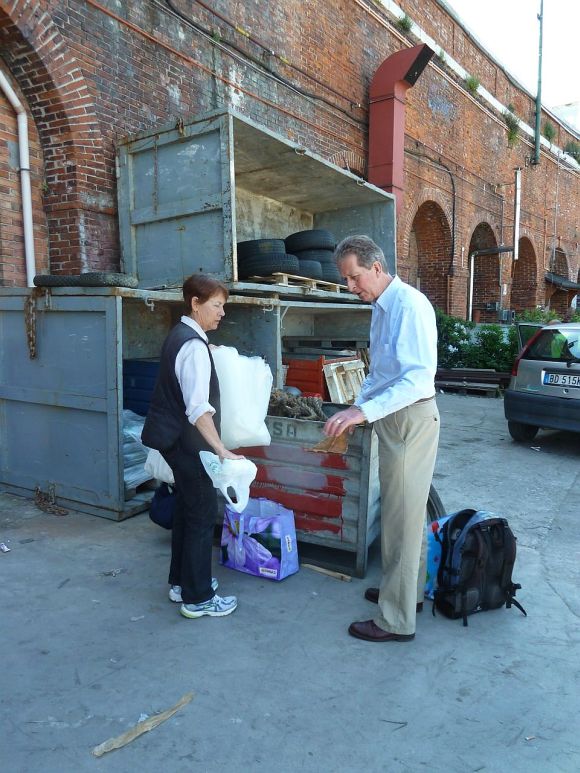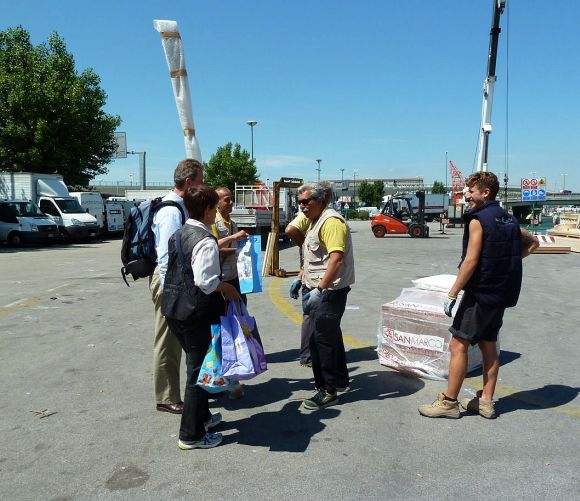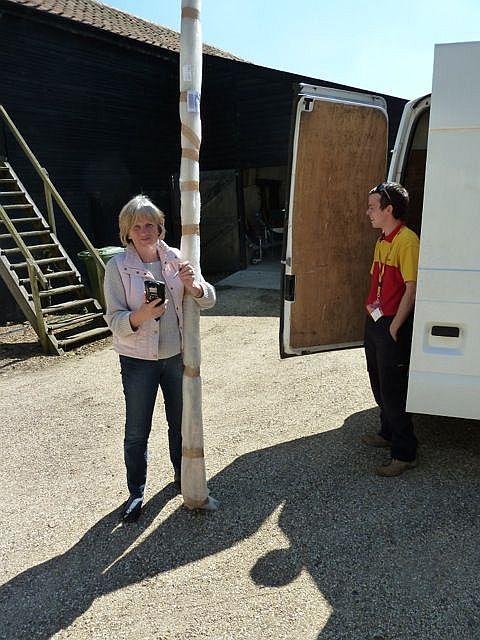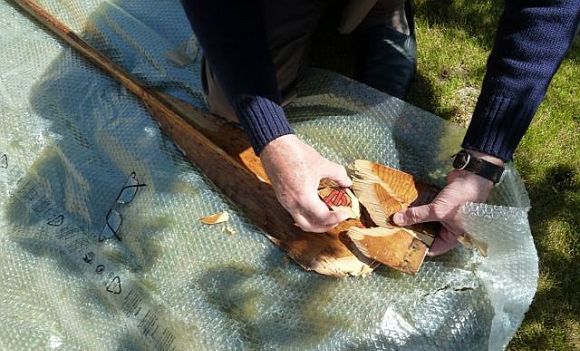
Let’s admit that “Death in Venice” is — I’m sorry to say — one of the greatest titles ever. It’s better than “Catch-22” or “Atlas Shrugged,” and it’s probably better even than “Of Human Bondage” or “Naked Lunch.”
You can see why. If sadness and Venice appear to be destined for each other, like Victorian lovers, death and Venice seem doomed to be linked forever, thanks to a genius title that connects two of the most emotion-laden words that exist. If the book had been called “Farewell, My Lovely” — which would have been kind of cool, though it would have put Raymond Chandler in a fix — at least Venice could have escaped the “death” search term.
Enough musing. A recent tragedy has shown that there’s nothing romantic about either death or Venice, even when you put them together. And you don’t have to actually die here to benefit from the Venetian element. It’s enough to be discovered to be dead here for the whole affair to seem even worse than it is. Whatever that means.
Here’s what happened. And I warn you that the tragic element, which is real, will play a relatively small part in a story which is made up of idiocy of a magnitude to dwarf even the ten most idiotic things that have ever happened here.
At about 1:40 AM on January 28, a water-taxi driver went home to the Lido and was tying up his boat at its usual place in the canal that flanks via Antonio Loredan. It was dark, obviously, and this street isn’t especially well-lighted. But he saw something floating in the water.
The “something” was the body of a woman, who was clad only in a single necklace.
But the necklace wasn’t the important clue.
It was the fact that a young Indian couple in Milan had reported her missing.
That turned out to be a huge technicolor clue, because they were the ones who killed her. This is the first indication of the level of intelligence at work here (idiocy, as mentioned). If I had murdered someone, I don’t think I’d feel like trotting over to the police to say, “She’s disappeared and I don’t know anything about it” if, in fact, I knew all about it. I’d feel like getting on a plane back to India, which is what exactly what they’d had in mind, but they didn’t do it fast enough.

Life was not tranquil. Contrary to her supposition of sharing the apartment with only Gagandeep, she found herself living with her boyfriend too. The place was so small that Mahtab slept on a cot next to the sofabed where the couple had no second thoughts about getting it on whenever they felt like it. She told her friends that Rajeshwar had begun hitting on her, that Gagandeep wanted to involve her in a menage. Strife escalated.
Fed up, Mahtab packed her bag and told them she was moving out. Then she asked to be reimbursed for her part of the security deposit. As far as I can tell, this is when things went south, possibly aggravated by their feelings of rejection regarding the missed menage. In any case, they killed her.
It was 2:00 PM on January 27. The autopsy revealed that she died of “atypical strangulation,” which has yet to be further elucidated. However, her demise was not caused by a cord, as Gagandeep claimed, nor was it caused by drinking herself to death, as Rajeshwar maintained.
It’s now about 2:30 and the two Indians have a dead body they need to get rid of. They strip her, fold her up, and put her in a big rolling suitcase. Then they head to Lecco, a town 31 miles (50 km) away. The plan was to dump her body in beautiful Lake Como, but they decided against it because “there were too many people around.”

People? The town has 47,760 inhabitants, plus tourists, and it was still daylight, too. Sharp.
So they dragged the big suitcase back to Milan (presumably by train — it’s less than an hour from Lecco), and took a train for Venice.
Why? you ask. Why Venice? The Po River is much closer to Milan than Venice, and I doubt that they were impelled by the well-known romantic connection between the Queen of the Seas and the undiscovered country from whose bourn no traveler returns.
They went to Venice simply because Rajeshwar had worked in a hotel on the Lido for a brief period, so apparently it came to his mind that all that water would be just the place to leave her remains. Or some sort of reasoning like that. If he had worked in a hotel in Geneva, maybe he’d have lugged the girl’s corpse to Geneva.
They got off the vaporetto at 8:04 PM under a pounding rain; the video surveillance cameras filmed two people pulling a big suitcase. They walked a third of a mile (595 meters) to the first canal to the left, and found a nice dark spot to unburden themselves of their naked former friend.
The pair left the Lido at 9:56 PM (I can’t understand how it took them two hours to accomplish their task, but the video doesn’t lie). But when they got to the station, it was past 11:00 PM, and the last train for Milan was gone. So too was the now-empty suitcase.
Undismayed, they walked over the Calatrava Bridge and asked a taxi driver how much he’d charge to drive them to Milan, because they had to be at work the next day. (First rule of escape: Be as inconspicuous as possible.) (Second rule: Evaluate seriously how important it is to show up on time for work, when you are shortly going to be sought by the police.)
The driver said 650 euros, they said fine, and off they went. The video cameras at Piazzale Roma filmed this also.
At 2:30 AM they were back in Milan. And by now the body had surfaced.
It didn’t take the police all that long to find their way to via Pericle to ask the couple a few questions about their former roommate, thanks to their having reported her missing. At which point they began to just throw remarks every which way, like Eddie Izzard on lying: “I was on the moon. With Steve.”
First, they told the police that they’d gone out for a walk at 10:30 on the day of her disappearance, and when they returned at 6:00 PM, she wasn’t there.
Then they said that they had awakened suddenly at 8:00 AM to find her naked and dead lying on the sofabed next to him; they assumed she had drunk herself to death the night before. (So then they went out for a walk?)
The autopsy hasn’t found any evidence of this yet. On the contrary — the Indians stated that Mahtab had been eating potato chips and chickpeas with her bottomless bottle of whiskey, forgetting that the autopsy would easily reveal what she had really consumed. For the record, it was rice and vegetables, her lunch on the day of her death.
Then Rajeshwar said they hadn’t killed her, they’d only disposed of her body. (Don’t try to make sense of this. “Our friend is inexplicably dead! Gosh, let’s take her clothes off, haul her body to Venice and throw her in the lagoon so nobody thinks we did it.”)
Then Gagandeep said “Rajeshwar killed her with a cord which he threw away.” Then she said, “No, he didn’t kill her, I killed her.”
Then the police found that Rajeshwar had booked a direct flight to India for February 2, and that 5,500 euros were stashed in the sofabed.
Just think; Instead of going all the way back to Milan, they could have gotten on a plane at Marco Polo airport at 6:20 AM and been somewhere in India by 11:40 that night. I’m all for showing up for work, but I think they got their priorities slightly scrambled.
So Rajeshwar and Gagandeep are in jail in Milan, and Mahtab is in the morgue in Venice. Her aunt has come to identify her remains, and when the coroner has clarified all the remaining unclear points in the attempt to establish the definite cause of death, Mahtab will go back to Teheran.
And Rajeshwar and Gagandeep will be going back and forth from their cells to the court for quite a while.
And the good people of the Lido can go back to thinking of how to induce tourists to come to the beach and the golf course. God knows nobody wants the Golden Isle to start being known for a new kind of tourism.


